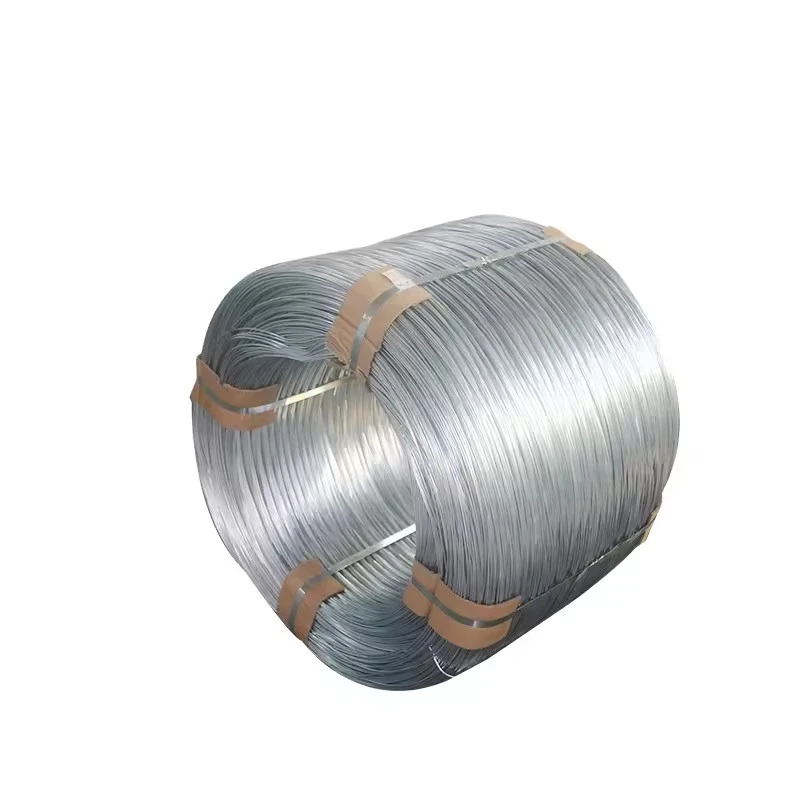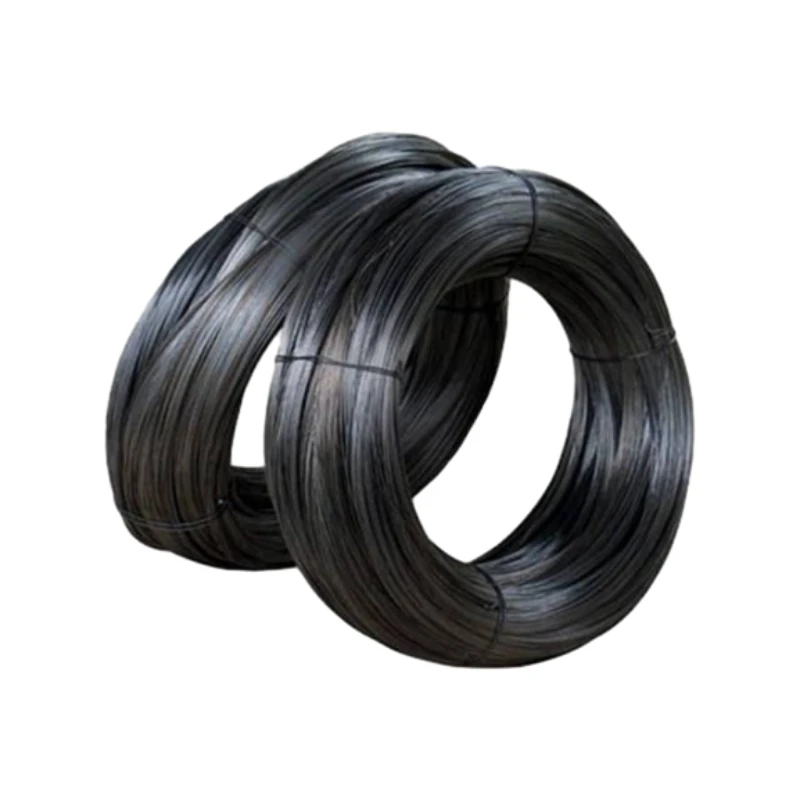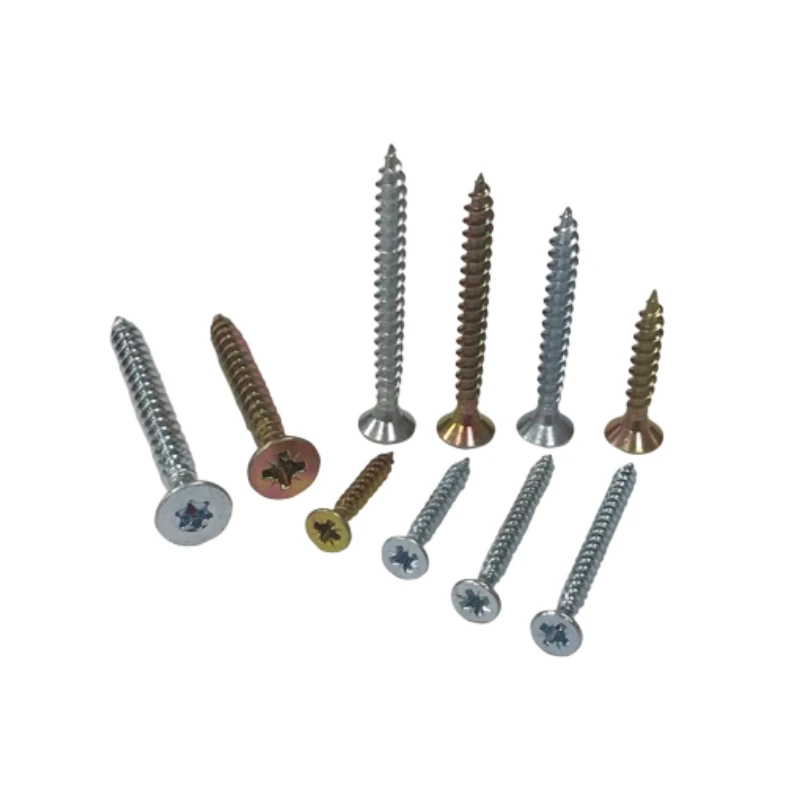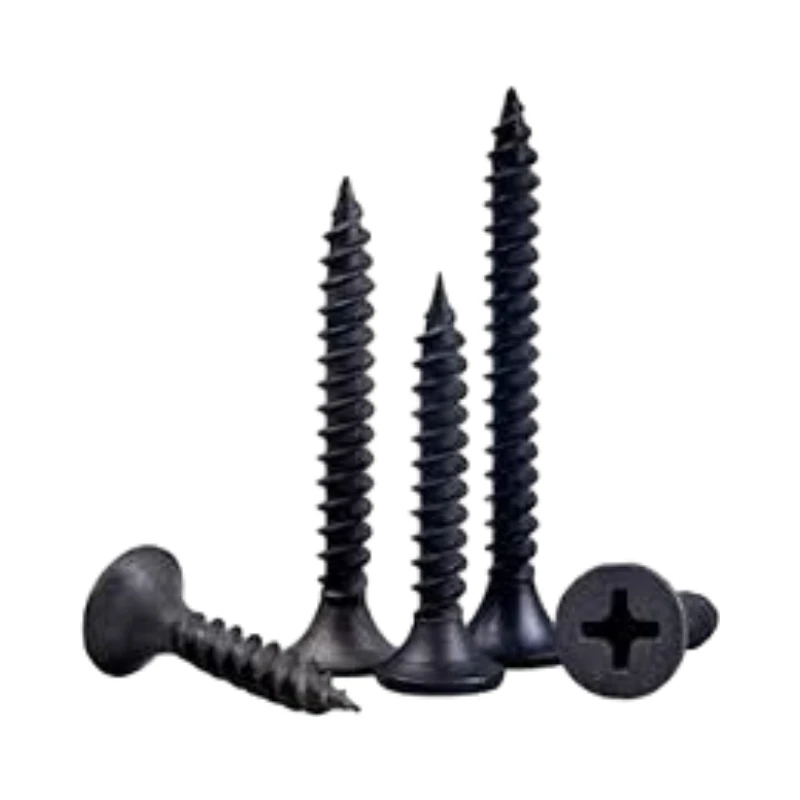
Talk With Us
+86-13601661296
Email Address
admin@sxjbradnail.comTypes of Hog Wire: Durable, Rust-Resistant, Easy Install
A Field Guide to the Types of Hog Wire (and the Wire Behind the Rings)
If you’ve ever stitched together a fence panel at dawn or repaired a crab pot on a windy pier, you already know: the “right wire” is the difference between a season that runs smoothly and one that unravels. For anyone comparing types of hog wire, here’s the practical, shop-floor view—plus the quiet hero that keeps it all fastened: hog ring wire.
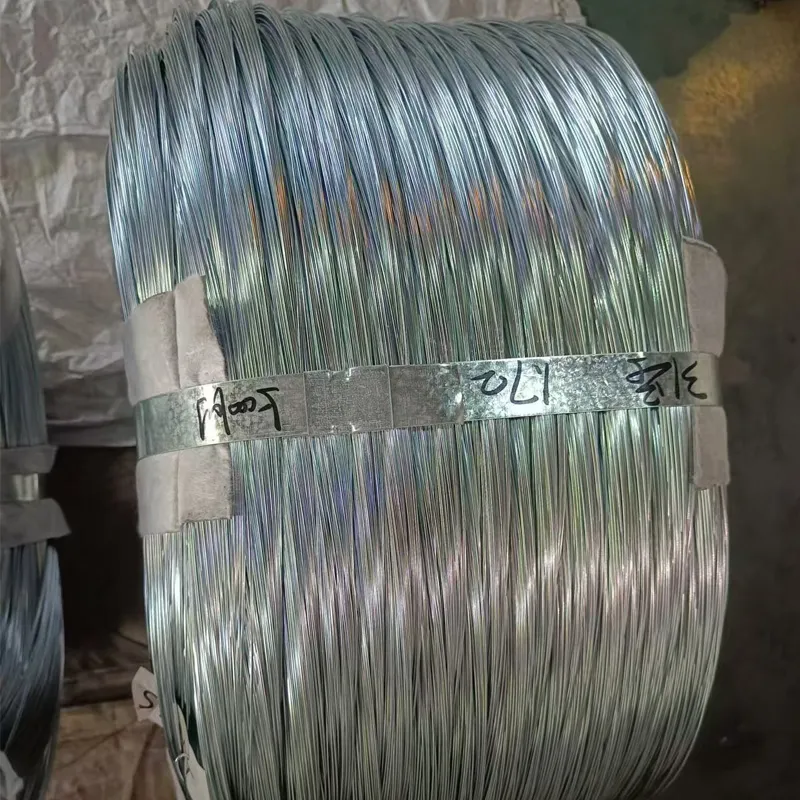
Industry snapshot: what’s actually being used
Right now, we see three dominant types of hog wire in the field:
- Welded panels (galvanized, sometimes PVC-coated) for pens, gardens, vineyard trellis.
- Woven field fence (graduated spacing) for livestock and perimeter control.
- Stainless or heavy-zinc meshes for coastal, aquaculture, and high-corrosion sites.
Trends? Heavier zinc coatings for longer service life, polymer topcoats where aesthetics matter, and—interestingly—more stainless in marine projects due to salt exposure. And yes, 15ga and 12.5ga keep winning on strength vs. workability. The fastening side is evolving too; hog rings made from ductile, well-galvanized wire are preferred because they crimp cleanly and don’t crack under cyclic loads.
Product spotlight: Hog Ring Wire (Q235, galvanized) from Hebei
Origin: Lixinzhuang Industrial, Dingzhou, Hebei, China. This is the wire used to produce the rings that clamp your meshes, netting, and cages. Crafted from premium galvanized Q235 steel, it hits that sweet spot between tensile strength and ductility—what you want for reliable, repeatable crimping.
| Spec | Typical Value (≈) | Notes |
|---|---|---|
| Material | Q235 low-carbon steel | Balanced strength/ductility for crimping |
| Gauge / Diameter | 15ga ≈ 1.80–1.85 mm | Other gauges on request |
| Tensile Strength | 450–600 MPa | Real-world use may vary by temper |
| Zinc Coating | 40–120 g/m² | ASTM A641 classes; heavier on request |
| Coil Weight | 25–50 kg | Custom spools available |
Process flow and QA
- Raw material: Q235 billets → wire drawing → controlled annealing for formability.
- Galvanizing: per ASTM A641/A641M; coating weight checked via gravimetric test.
- Mechanical tests: tensile, elongation, bend/crimp tests; batch traceability.
- Corrosion checks: neutral salt spray (ASTM B117) 96–240 h targets; field spot checks.
- Service life: around 5–15 years outdoors depending on coating class and environment.
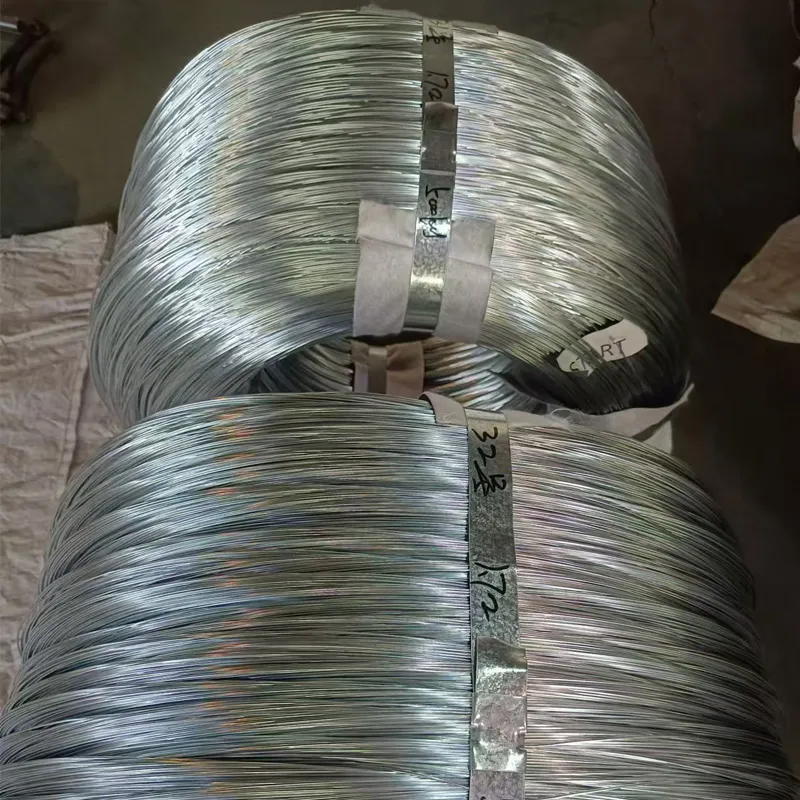
Where it’s used (and what customers say)
- Fencing: securing welded or woven types of hog wire to line posts and rails.
- Livestock and poultry: cages, feed panels, predator barriers.
- Marine/aquaculture: crab pots, oyster baskets; many customers say heavier zinc pays for itself.
- Automotive upholstery: seat rings; consistency matters to avoid mis-crimps on automated tools.
- Landscaping/viticulture: trellis ties, gabion lacing, geotextile anchoring.
Quick case notes: A Mid-Atlantic oyster farm switched to heavy-zinc 15ga rings—reported 30% fewer in-season repairs. A vineyard in WA moved to PVC-coated panels plus galvanized rings; surprisingly, tool jam rates dropped after moving to tighter diameter tolerances.
Vendor comparison (summary)
| Vendor | Lead Time | Certs | QC/Testing | Notes |
|---|---|---|---|---|
| Hebei Producer (this product) | 10–20 days | ISO 9001 (typ.), RoHS on request | ASTM A641, B117 sampling | Strong 15ga focus; custom coils |
| Local Mill | 2–4 weeks | ISO 9001 | Basic mech. tests | Fast freight, limited heavy-zinc |
| Importer | 3–6 weeks | Varies | Supplier-declared | Best for mixed gauges |
Customization and fit
- Gauges: 14–16ga common; 12.5ga for heavy-duty types of hog wire.
- Coatings: standard, heavy zinc, or PVC over-galv; stainless for marine.
- Packaging: spools, coils, color tags for tool-room control.
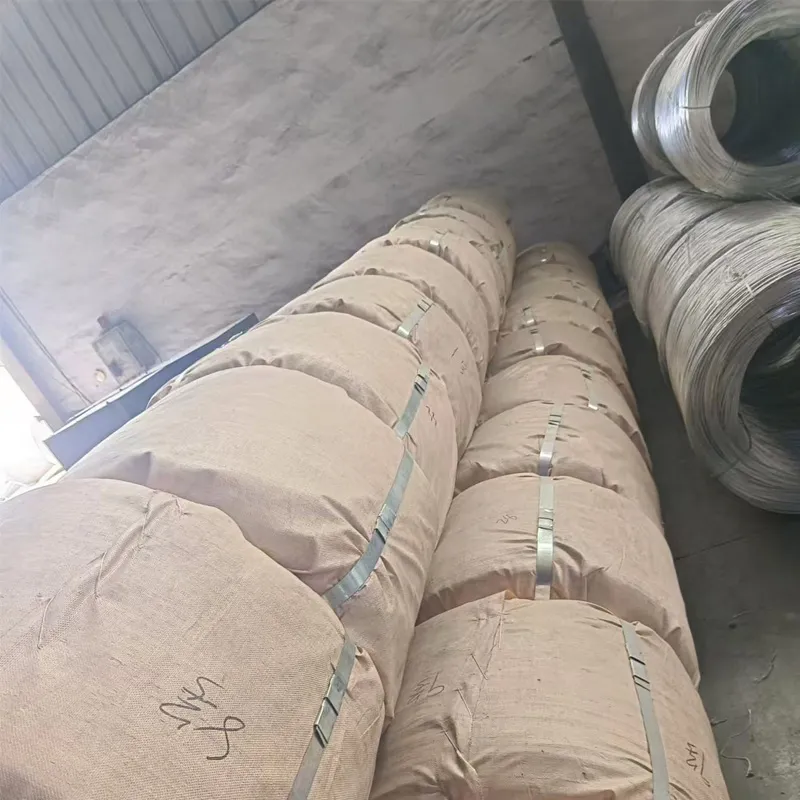
Standards, data, and what to ask a supplier
- Ask for coating class per ASTM A641 or EN 10244-2 and a salt-spray report (ASTM B117).
- Confirm tensile range and elongation—rings must crimp without brittle fracture.
- For fencing jobs, align with NRCS Fence Standard 382 spacing and corrosion expectations.
To be honest, the cheapest spool rarely wins over a season. The consistent stuff does.
References
-
Essential Guide to Steel Brad Fasteners: Uses, Specs & TrendsNewsNov.20,2025
-
Durable and Reliable SS Brad Nails for Every ApplicationNewsNov.20,2025
-
Masonry Brad Nails: Durable Fastening Solutions for Modern ConstructionNewsNov.19,2025
-
Hot Dipped Galvanized Brad Nails – Ultimate Guide for Durable Construction FastenersNewsNov.19,2025
-
Durable and Cost-Efficient Galvanized Brads: Your Essential Fastening SolutionNewsNov.18,2025
-
Galvanized Brad Nails for Treated Lumber — Durable Fastening Solutions for Lasting BuildsNewsNov.18,2025

